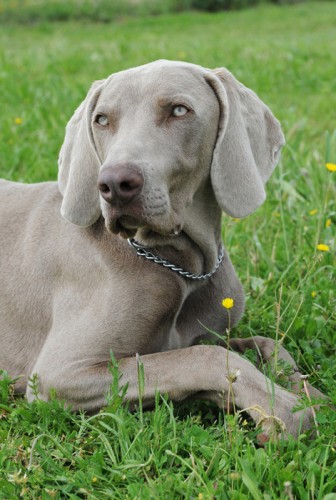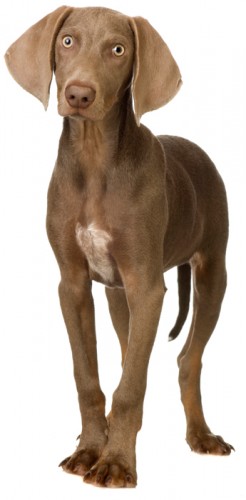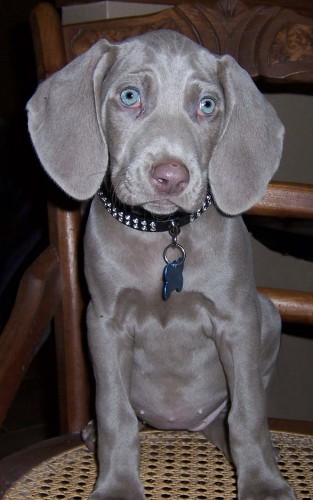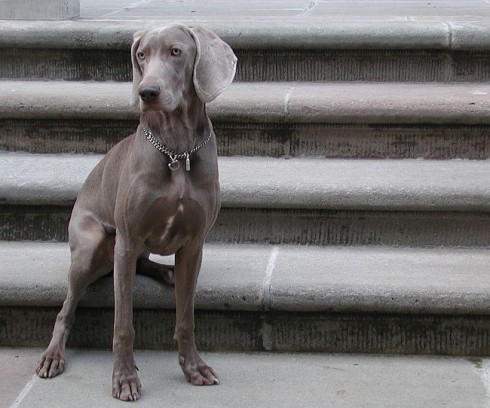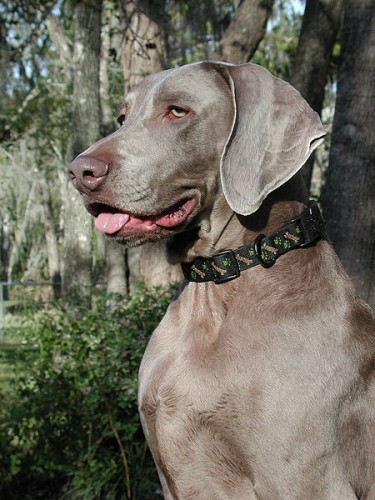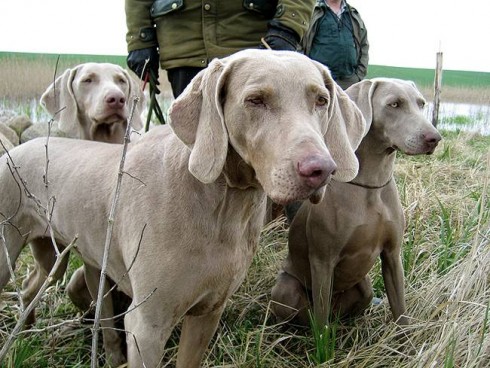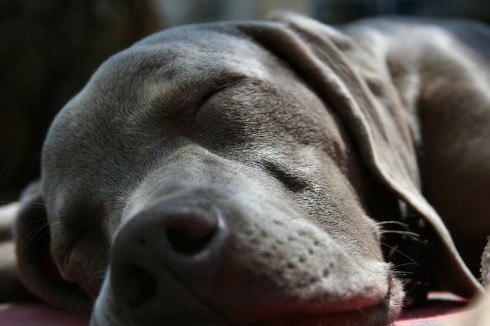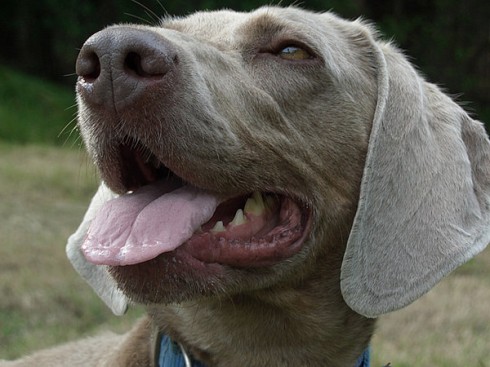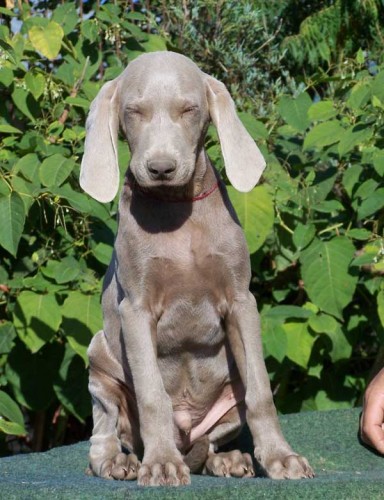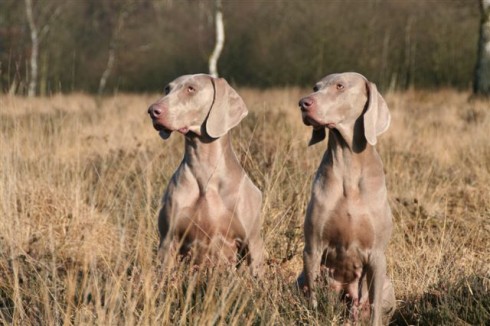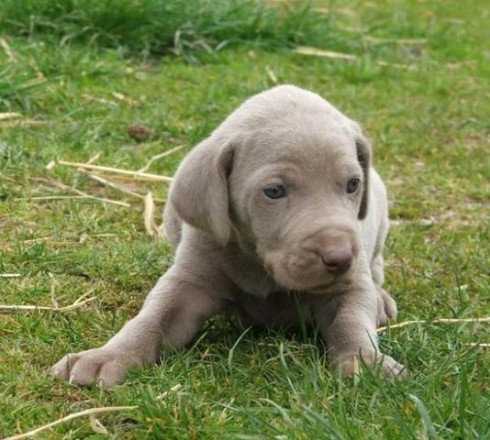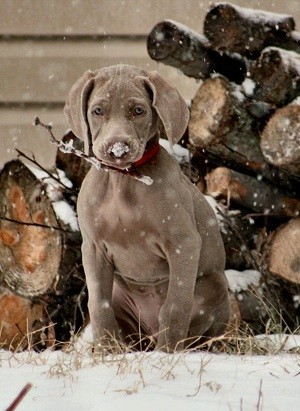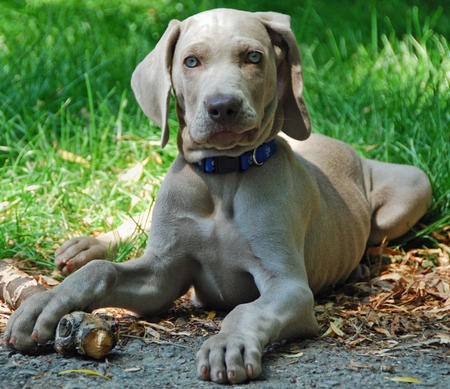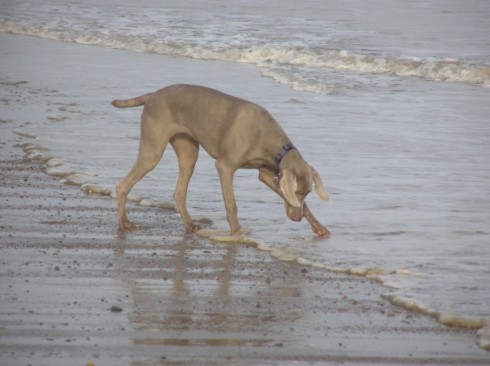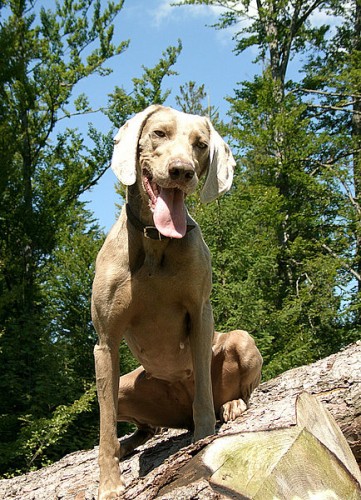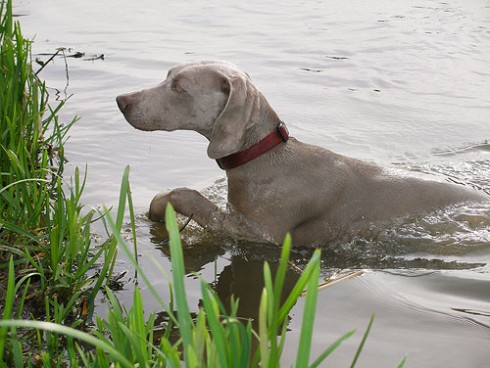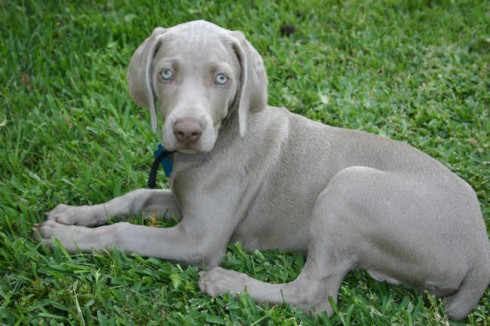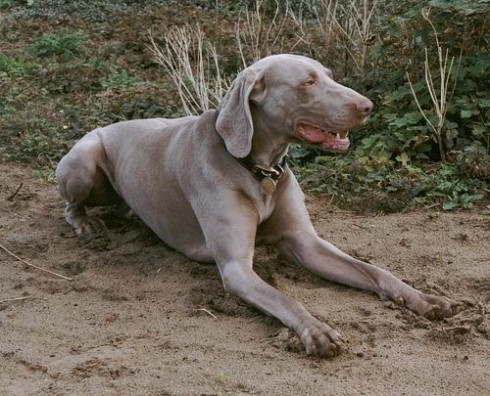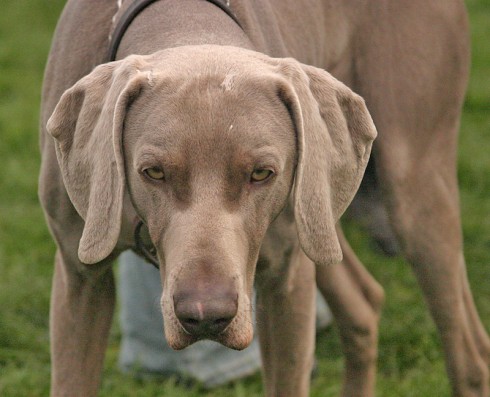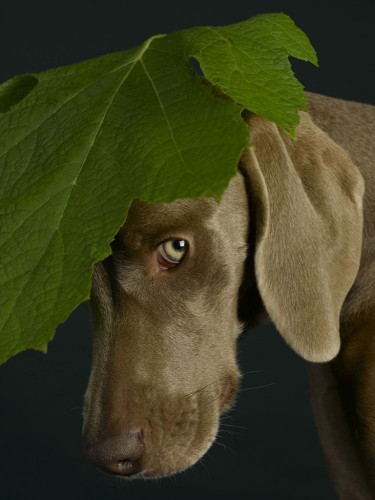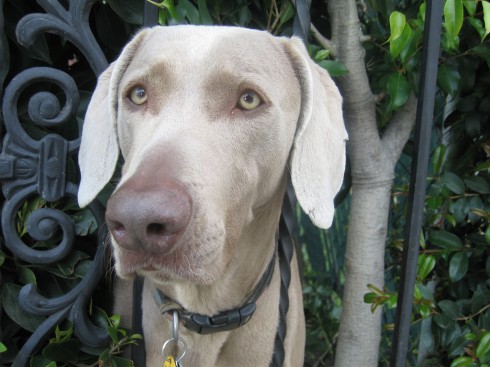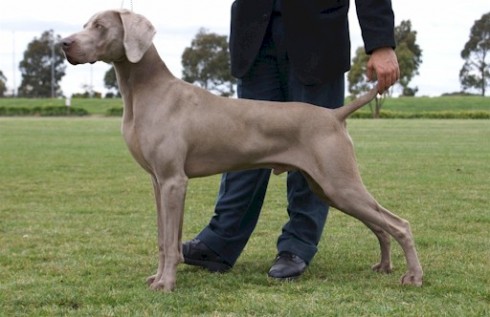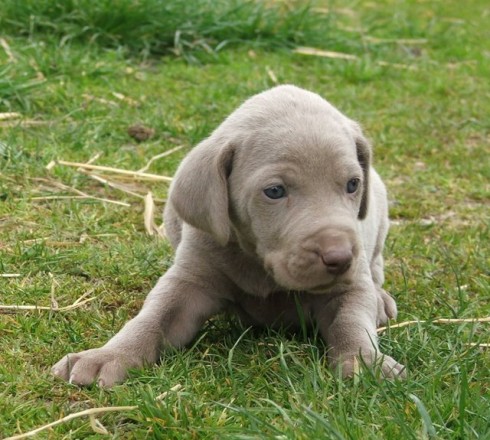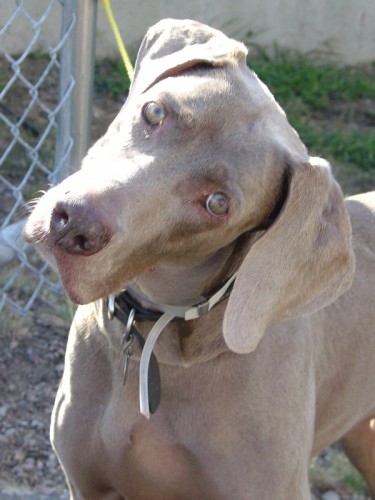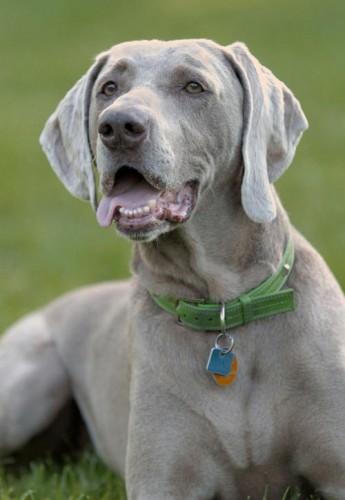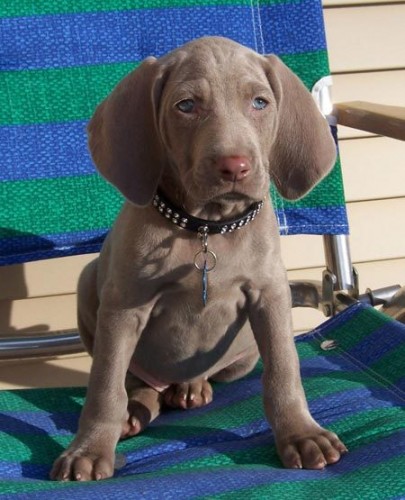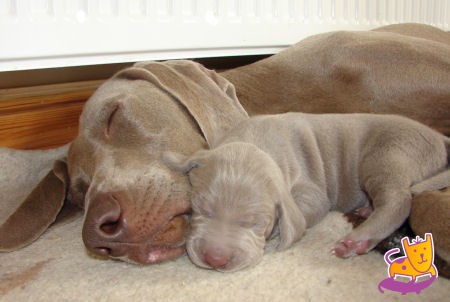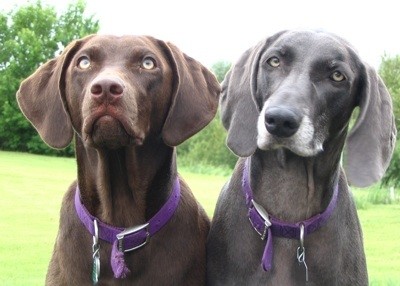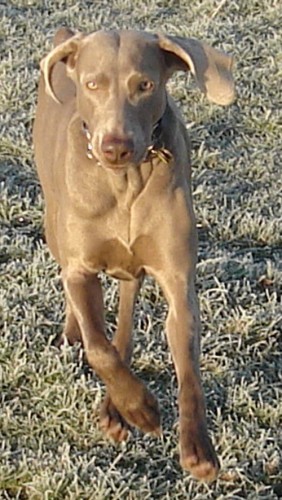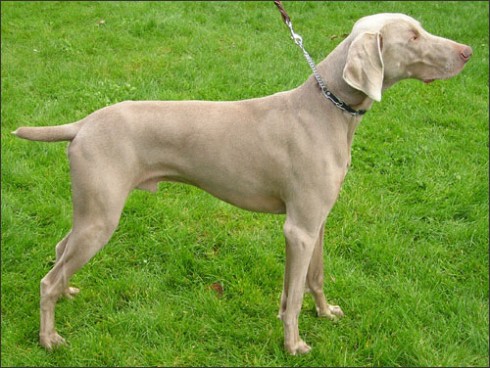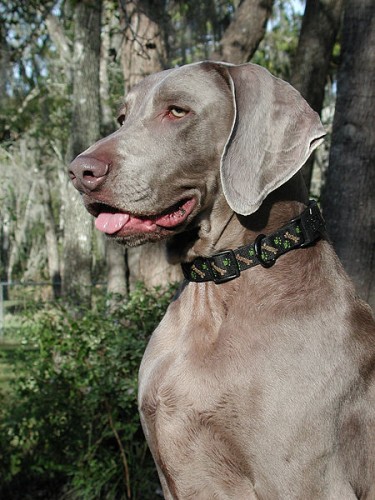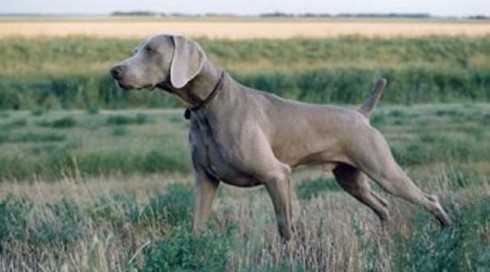Main Index
In Store
Our Web Store
Miniature Schnauzer Picture Gallery
Latest Dog Blogs
- What Are The Basic Commands To Train A Dog?
- PaySafe As The Most Popular Type Of Deposit
- Everything You Need To Know About Pet Sales
- Dogs Contribute To Our Physical And Mental Well Being
- How To Choose Where To Bet On Greyhounds In 2022
- Volunteer With Animals - How To Help Dogs Around The World
- Basic Understanding Of The House Edge
- Why You Should Get A Dog
- Top 20 Popular Dog Names Around The World
- Constipation in Dogs and How to Find Solutions
Weimaraner
The Full Weimaraner Description
The Weimaraner is a big, bold dog. They are smart and their busy minds thrive on activity. They are strong and determined, needing time, space, and attention. If you want the challenges of keeping ahead of the fearless "gray ghost", and your daily activities can include your dog, you may be suited to the Weimaraner. He loves kids and is used to being a member of a family.
Did you know?
The Weimaraner dates back to the early 19th century in Germany.
The Weimaraner has seen more actual competition of various types in the United States than it did in all its decades in Germany.
So you want to own a Weimaraner?
Weimaraners need lots of exercise; they do not make great city apartment dwellers unless their exercise needs can be adhered to.
Weimaraners are very dominant dogs and should be put through obedience training. You must be able to control your Weimaraner or he will control you.
Weimaraners do make a great family dog; they love children and are good guardians and watch dogs
Indicative Breed Standard
General Appearance
Medium-sized, grey with light eyes. Presents a picture of power, stamina and balance.
Characteristics
Hunting ability of paramount concern.
Temperament
Fearless, friendly, protective, obedient and alert.
Head and Skull
Moderately long, aristocratic; moderate stop, slight median line extending back over forehead. Rather prominent occipital bone. Measurement from top of nose to stop equal to measurement from stop to occipital prominence. Flews moderately deep, enclosing powerful jaw. Foreface straight, and delicate at the nostrils. Skin tightly drawn. Nose grey.
Eyes
Medium-sized, round. Shades of amber or blue-grey. Placed far enough apart to indicate good disposition, not too protruding or deeply set. Expression keen, kind and intelligent.
Ears
Long, lobular, slightly folded, set high. When drawn alongside jaw, should end approximately 2.5 cms (1 in) from point of nose.
Mouth
Jaws strong with a perfect, regular and complete scissor bite, i.e. upper teeth closely overlapping lower teeth and set square to the jaws. Lips and gums of pinkish, flesh colour. Complete dentition highly desirable.
Neck
Clean-cut and moderately long.
Forequarters
Forelegs straight and strong. Measurement from elbow to ground equal to distance from elbow to top of withers.
Body
Length of body from highest point of withers to root of tail should equal the measurement from the highest point of withers to ground. Topline level, with slightly sloping croup. Chest well developed, deep. Shoulders well laid. Ribs well sprung, ribcage extending well back. Abdomen firmly held, moderately tucked-up flank. Brisket should drop to elbow.
Hindquarters
Moderately angulated, with well turned stifle. Hocks well let down, turned neither in nor out. Musculation well developed.
Feet
Firm, compact. Toes well arched, pads close, thick. Nails short, grey or amber in colour. Dew claws customarily removed.
Tail
Customarily docked.
Docked: Customarily docked so that remaining tail covers scrotum in dogs and vulva in bitches. Thickness of tail in proportion to body. Should be carried in a manner expressing confidence and sound temperament. In long-haired, tip of tail may be removed.
Undocked: Moderately set, thickness in proportion to body. Reaching down to hocks and tapering towards the tip. Carried below level of back when relaxed; may be raised when animated. Not curled over back. Good hair cover.
Gait/Movement
Effortless, ground covering, indicating smooth co-ordination. Seen from rear, hind feet parallel to front feet. Seen from side, topline remains strong and level.
Coat
Short, smooth and sleek. In long-haired variety, coat from 2.5-5 cms (1-2 ins) long on body, somewhat longer on neck, chest and belly. Tail and back of limbs, feathered.
Colour
Preferably silver grey, shades of mouse or roe grey permissible; blending to lighter shade on head and ears. Dark eel stripe frequently occurs along back. Whole coat gives an appearance of metallic sheen. Small white mark permissible on chest. White spots resulting from injuries not penalised.
Size
Height at withers: dogs: 61-69 cms (24-27 ins); bitches: 56-64 cms (22-25 ins).
About Our Article Directory
- Article
- 27 November 2010
- 2 comments
Bloat And Dog Food - Is There A Connection?
- Breed Article
- 26 November 2010
- No comments
Canis lupus familiaris
- Breed Article
- 29 May 2010
- No comments
Hypertrophic Osteodystroph (HOD)
- Article
- 31 January 2010
- No comments
Quick Search
Donate
Latest Dog Pods
- Tips on How to Stop Your Dog from Biting
- Beware - Not All Advertised Dog Rescues Really Are! How Can You Know The Truth?
- Helpful Tips For Dog Obedience Problems
- How to Keep Dogs From Eating Poop
- Dog Grooming Tips - A General Overview of the Very Basics of Dog Grooming
- Recognising Different Types of Dog Obedience Problems
- 5 Important Tips On Feeding A Puppy


